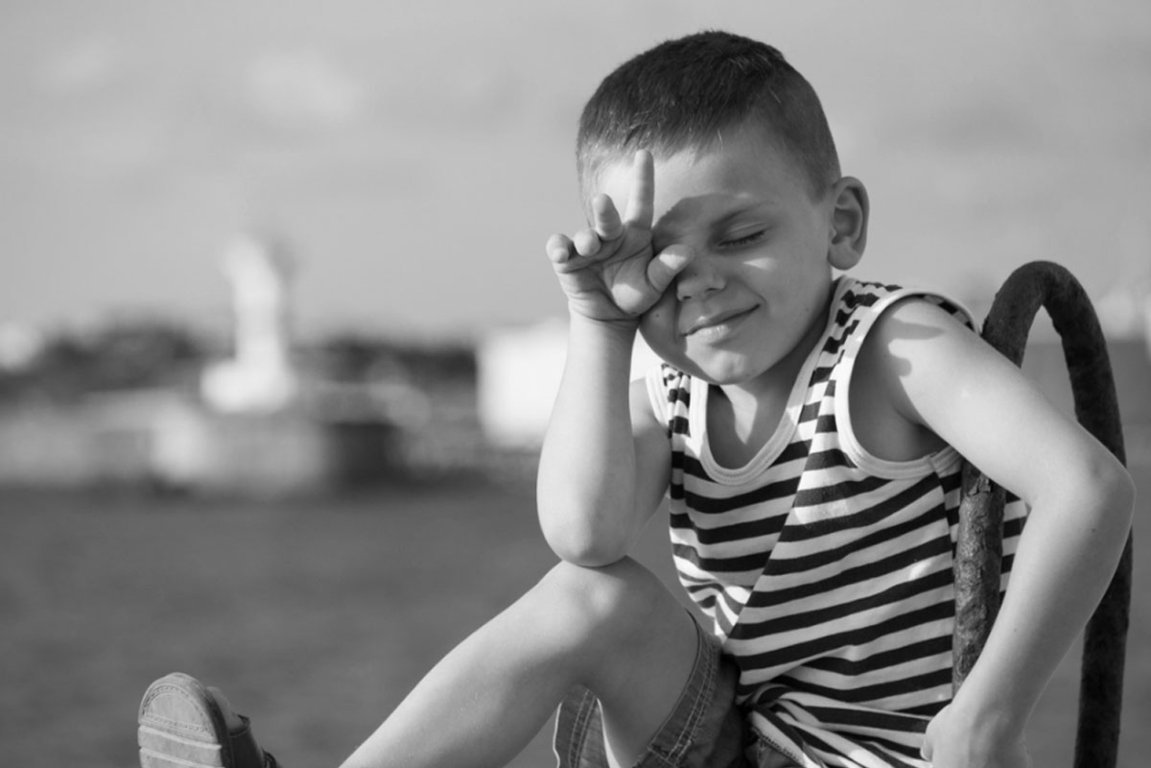
Amblyopia, also known as lazy eye is an eye disorder that starts from childhood usually between ages six to nine. This is regarded as the most common cause of vision loss in kids where up to three out of hundred children are affected by it.
In amblyopia only one eye is affected with poor vision which is caused when the brain and the eye do not work together, in short they do not synchronize with each other properly. In regard to this the brain does not recognize the sight from one eye, hence relying completely on the stronger eye. With time the vision in the weaker eye gets worse.
Amblyopia Symptoms
Symptoms of amblyopia in a child can be hard to notice. As the child with amblyopia have poor sense of depth perception i.e. they do not know the difference in how near or far an object is. In such cases parents can notice some signs of vision loss if their child is struggling with:
- Squinting
- Shutting one eye
- Tilting their head
- Trouble telling how near or far away an object is.
Therefore it is advisable to get this disorder treated at an early age to avoid any long-term vision problems.
Amblyopia Diagnosis
All children should have their vision checked before they are of school-age. For this the ophthalmologist will check the child’s vision by covering one eye at a time and watching them closely as how well a child reacts towards a moving object. With this simple test the doctor is able to diagnose:
- Nothing blocks the light coming into their eyes
- Both eyes see equally well
- Each eye moves the way it should
Amblyopia Treatment
It is better to start the treatment of a child diagnosed with amblyopia as soon as possible. Depending on the child’s cause, the ophthalmologist will treat their disorder by:
- Suggesting glasses or contacts for correcting any refractive errors such as nearsightedness, farsightedness, or astigmatism.
- Surgery, if the child is diagnosed with cataract or strabismus.
- Wearing a patch over the strong eye for a few weeks. This exercise forces their brain to use the weak eye.
- Putting special eye drops in the stronger eye. Atropine drops are advised to put one drop, one day at a time on the stronger eye, so that it becomes blur, and the brain is forced to use the weaker eye. This is comparatively easier to wearing an eye patch, for the child can take it off whenever they feel uneasy.
Wearing a Bangerter filter over the eyeglass lens of the stronger eye. This filter helps to blur the vision so that their brain uses the weak eye only.
